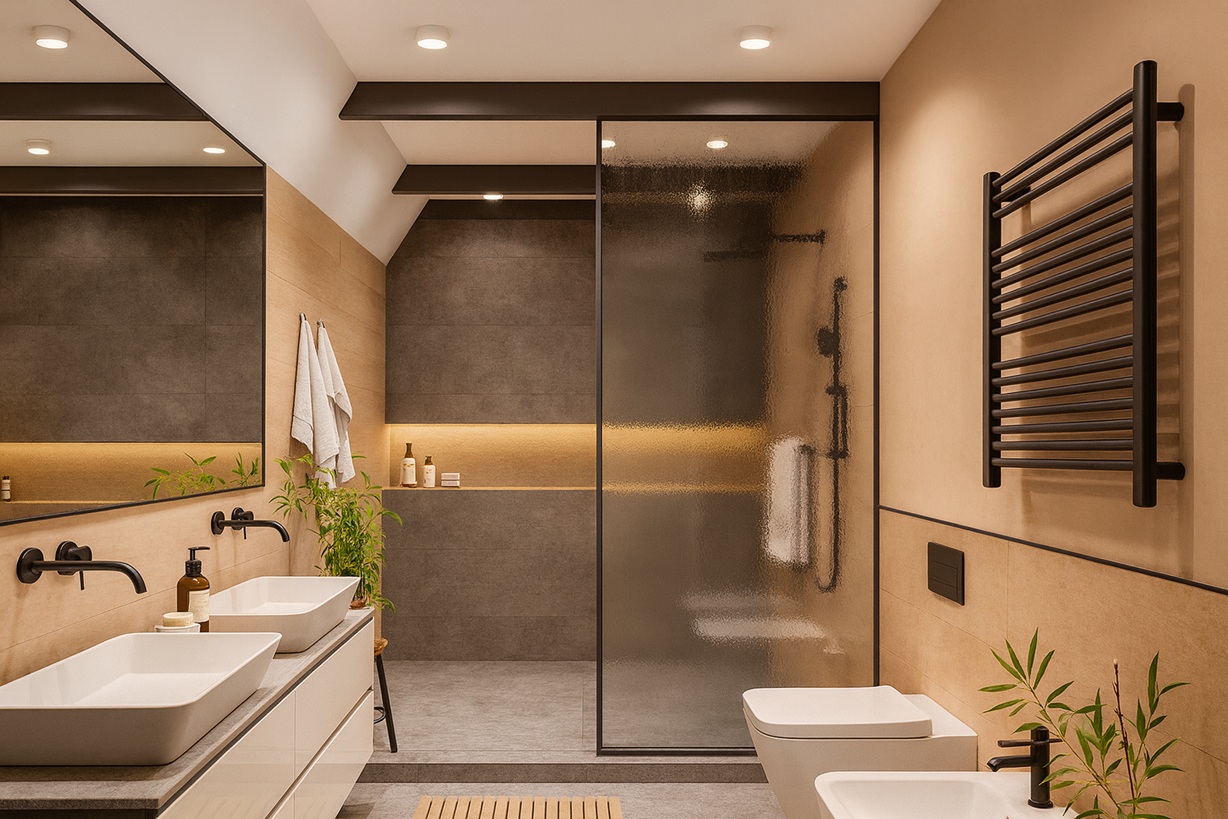Sustainability in Architecture: Net‑Zero Projects, Circular Materials and Carbon Innovation
The global architecture community is facing a decisive moment. As cities expand and construction emissions rise, the industry is embracing new methods to reduce carbon, extend material life, and regenerate ecosystems. The current generation of sustainable design is defined by three pillars: net‑zero architecture, circular materials, and carbon innovation.
The concept of net‑zero is evolving beyond energy independence to include whole‑life carbon across materials, transport, and operations.
Circular design reframes construction as stewardship—prioritizing reuse, repair, and regeneration over linear consumption.
Carbon innovation blends material science and digital design to deliver net‑positive outcomes.
Net‑Zero Architecture
The concept of net‑zero is evolving beyond energy independence. It now encompasses a building’s entire carbon footprint — including materials, transportation, and operational systems. The most progressive firms integrate passive design, renewable energy, and lifecycle analysis from day one.
According to the Environmental, Social, and Governance Journal at ISARCH, net‑zero buildings “pioneer sustainable architecture for a carbon‑neutral future” by prioritizing performance, efficiency, and material integrity.
Peacock Architects explains that achieving net‑zero requires aligning envelope performance, HVAC design, daylighting, and renewable integration under one framework — “designing for net zero” must begin at the conceptual stage.
Simon Sturgis’ article in RIBA Journal adds that low‑carbon architecture depends on new procurement strategies and consistent measurement of embodied emissions at every stage of the project.
- Model both operational and embodied carbon together.
- Design to minimize demand before offsetting.
- Maximize reuse of existing structures where possible.
- Integrate renewable systems seamlessly with architectural form.
Circular Materials
Circularity is transforming how architects think about construction. Instead of a linear model of build–use–discard, circular architecture prioritizes reuse, repair, and regeneration. This approach reduces waste, conserves resources, and keeps materials in continuous use.
An ArchDaily feature on façade solutions highlights the importance of modular assemblies and recoverable components that enhance net‑zero performance while allowing future adaptation.
A sustainability report from Asuene discusses the rise of low‑carbon materials — such as bio‑cement, hempcrete, and green steel — that reduce embodied carbon and support the circular economy.
- Specify materials with Environmental Product Declarations (EPDs).
- Design for disassembly and material recovery.
- Choose regional supply chains to reduce transport emissions.
- Treat waste as a design resource rather than an afterthought.
Circular materials reframe construction as stewardship — ensuring every brick, beam, and joint can live multiple lifetimes.
Carbon Innovation
Carbon innovation refers to the emerging technologies that actively capture, reduce, or replace carbon in the built environment. These include carbon‑sequestering concrete, algae façades, hydrogen‑based steel, and regenerative timber systems.
According to the “Building for Net Zero” report by Asuene, next‑generation carbon technologies will combine material science with digital design to create “net‑positive” buildings that give back more than they take.
Recent research published by Architecture Lab also stresses that architects must expand their role — from designing for efficiency to curating innovation ecosystems where buildings act as living carbon laboratories.
- Carbon‑absorbing façades and pavements.
- Closed‑loop concrete recycling and low‑emission cement.
- AI‑assisted carbon tracking across supply chains.
- Timber hybrid structures that store carbon while enabling vertical growth.
Integrating the Three Pillars
Net‑zero design, circular materials, and carbon innovation are not separate agendas — they form a continuous feedback system. Each decision about materials, systems, and construction directly affects the carbon lifecycle of a building.
1) Begin with data & intent
Start with performance modeling and ecological goals to set measurable targets.
2) Choose for longevity & reuse
Specify materials for durability, disassembly, and local sourcing.
3) Integrate renewables
Use PV, heat‑recovery, and passive systems to reach energy independence.
4) Plan for adaptation
Design flexible structures that can extend, change program, or deconstruct with minimal loss.
Sources for Further Reading
Conclusion
The shift toward sustainable architecture represents a paradigm change — one where design excellence and environmental performance are indistinguishable. The most forward‑looking projects now act as carbon stores, not sources; as material banks, not waste generators.
Net‑zero design is becoming standard. Circular construction is gaining traction. And carbon innovation is redefining what’s possible. Together, these movements prove that the architecture of the future will not only shelter us — it will help heal the planet.
















No responses yet